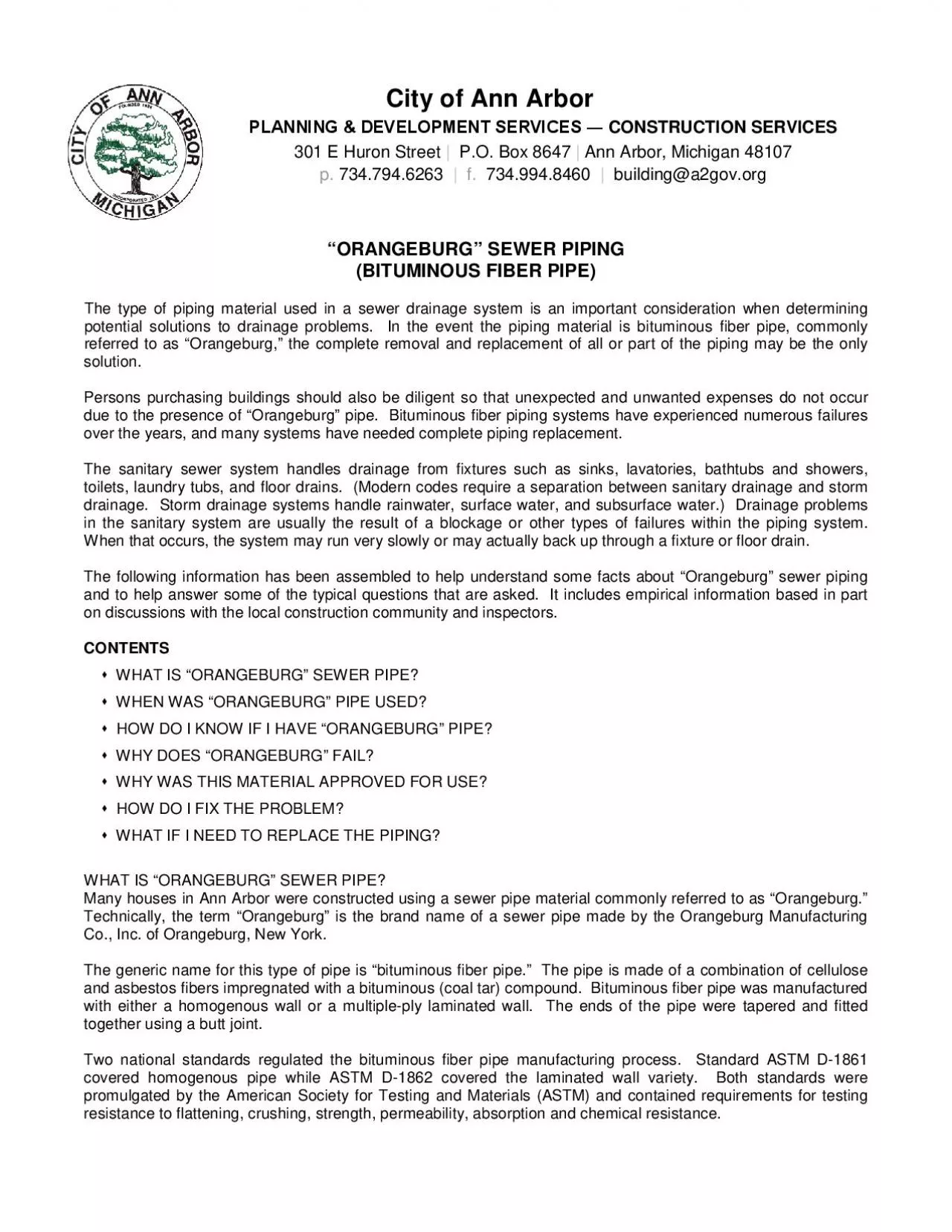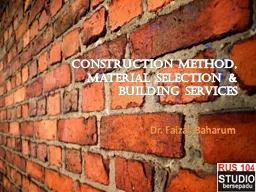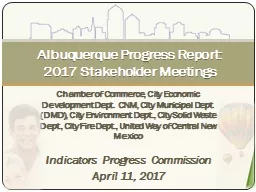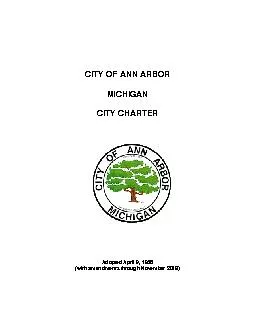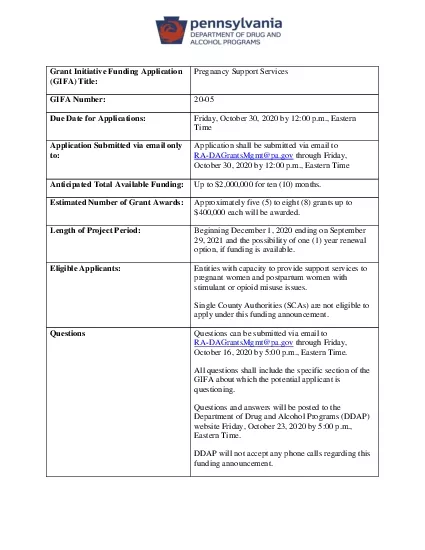PDF-City of Ann ArborPLANNING DEVELOPMENT SERVICES CONSTRUCTION SERV
Author : bitsy | Published Date : 2021-06-06
The Orangeburg Company and others like it were very active during the years of the Second World War and after The scarcity of cast iron and other metals as well
Presentation Embed Code
Download Presentation
Download Presentation The PPT/PDF document "City of Ann ArborPLANNING DEVELOPMENT S..." is the property of its rightful owner. Permission is granted to download and print the materials on this website for personal, non-commercial use only, and to display it on your personal computer provided you do not modify the materials and that you retain all copyright notices contained in the materials. By downloading content from our website, you accept the terms of this agreement.
City of Ann ArborPLANNING DEVELOPMENT SERVICES CONSTRUCTION SERV: Transcript
Download Rules Of Document
"City of Ann ArborPLANNING DEVELOPMENT SERVICES CONSTRUCTION SERV"The content belongs to its owner. You may download and print it for personal use, without modification, and keep all copyright notices. By downloading, you agree to these terms.
Related Documents

